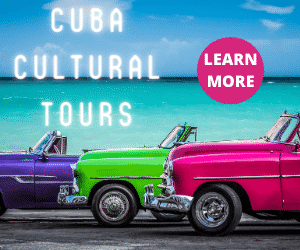The native animals of Cuba range from the lovely and delicate, award-winning painted snail or, Polymita Picta, to the aggressive and strategic hunter, the Cuban crocodile.
These curious creatures, endemic to Cuba, are truly fascinating. In case you’re unaware, the term “endemic” refers to a native animals that is found naturally nowhere else on earth.
These amazing native animals of Cuba cover a variety of faunal groups, including fish, birds, mammals, mollusks, and reptiles—trust me, some of these these will steal your heart with their graceful beauty.
These are a few of the most fascinating native animals of Cuba listed in no particular order.
Cuban Crocodile
The Cuban crocodile, the smallest of the crocodiles at 7 to 10.5 feet and 150 to 180 pounds, more than makes up for its smaller stature with its intelligence and bad-ass disposition.
With its impressive array of resources, this croc has survived for more than 85 million years. It is the most clever and aggressive member of the genus.
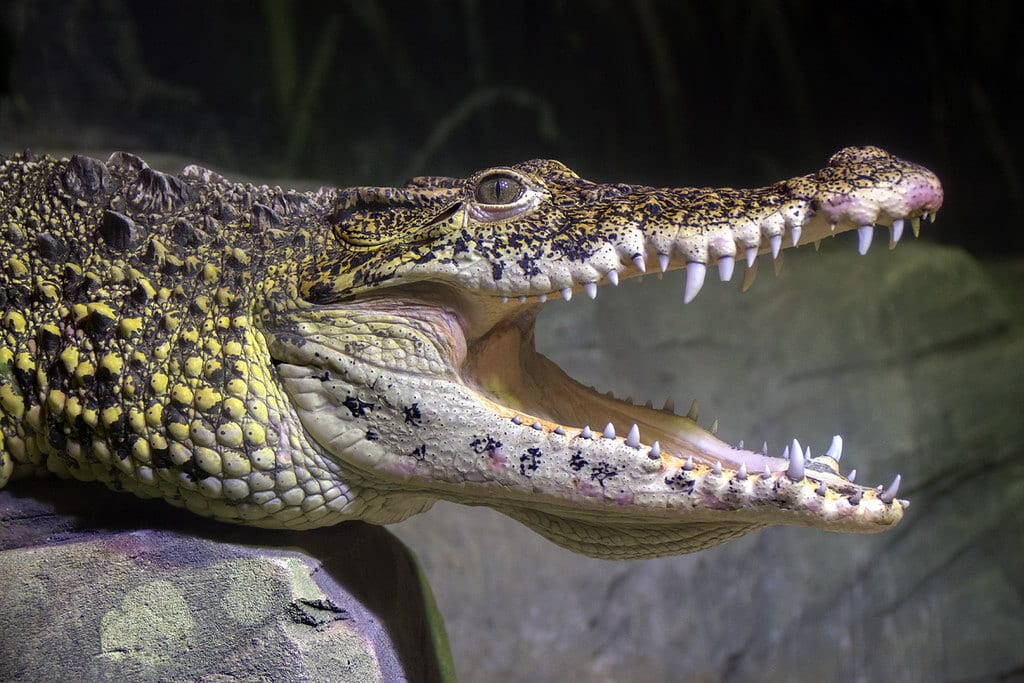
On land, the croc has a top speed of 20 mph. The average human can run 10 mph, in contrast. You wouldn’t want to test that figure.
It can leap up to five feet into the air to capture low-lying birds and animals. Even more unexpectedly, it is the only crocodile known to plot hunts in concert with other crocodiles!
The Cuban crocodile exhibits dominant behavior even when together with other larger subspecies, such as American alligators.
If massive alligators fear the Cuban croc, you know it’s not something you want to mess with!
With these characteristics, is it any surprise that the crocodile is ranked among the “Top 10 Greatest Survivors of Evolution” by the Smithsonian Institute?
The Cuban crocodile has not been able to resist human encroachment on its region, despite its abilities and traits.
Although once common throughout the Caribbean, the croc is now restricted to the Isla de La Juventud, an island to the south of the Cuban mainland, and the Zapata Swamp in southwest Cuba.
There are currently breeding places to assist the Cuban crocodile to survive for a further 85 million years, despite it being officially classified as endangered.
Cuban Boa
Here is a horrifying idea that would make a great science fiction movie: groups of snakes hunting together! But it’s true. It appears that Cuban boas take such action to ensure a successful hunt.
Experts in animal behavior at the University of Tennessee report seeing Cuban boas set up in a deliberate manner outside bat tunnels in order to capture bats as they emerge.
A band of snakes is always more likely to catch prey than a lone boa.
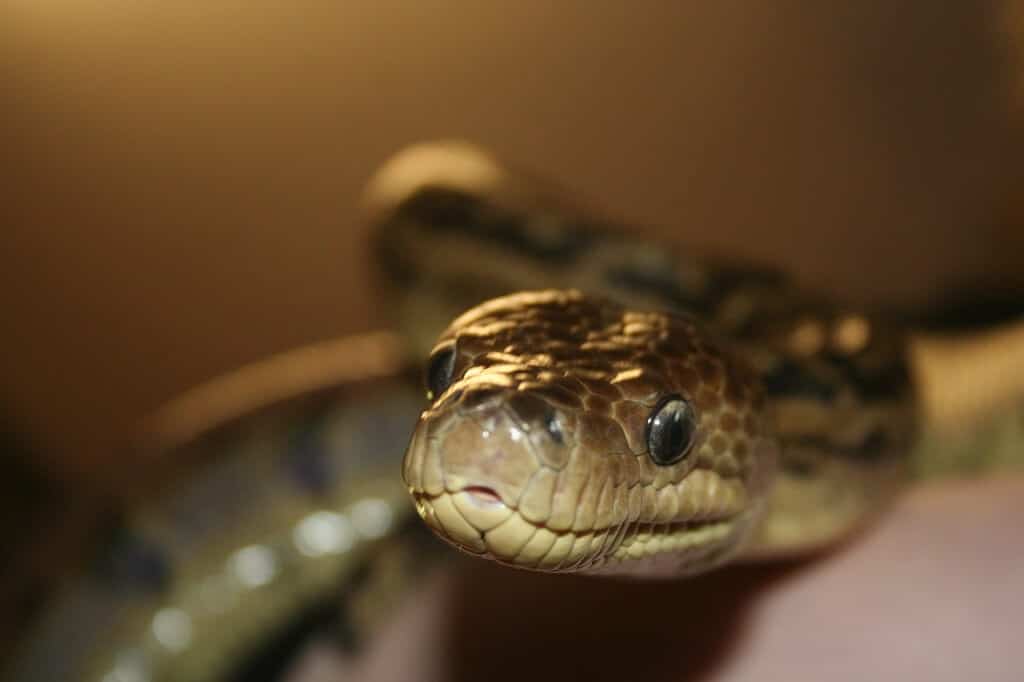
Locals refer to the Cuban boa as the Maja de Santa Maria. It is the largest endemic land predator in Cuba, growing to a maximum length of about 20 feet.
The largest of these are known as Giant Cuban Boas.
They inhabit Cuba’s tropical dry woodlands and occasionally venture into settlements, to the great shock and surprise of the local townspeople.
Cuban Trogon
The Trogon is recognized as the national bird of Cuba due to the striking resemblance in color between its red, white, and blue plumage and the national colors of the Cuban flag.
It is one of the most beautiful of Cuba’s native animals.
The trogon, which has a beak to tail length of around 11 inches, flies in pairs and makes an ear-piercing screech. He lives in tree holes rather than building nests.
It is uncommon in the northern keys and on the southern island of Isla de La Juventud, but extremely prevalent throughout the mainland of its native Cuba.
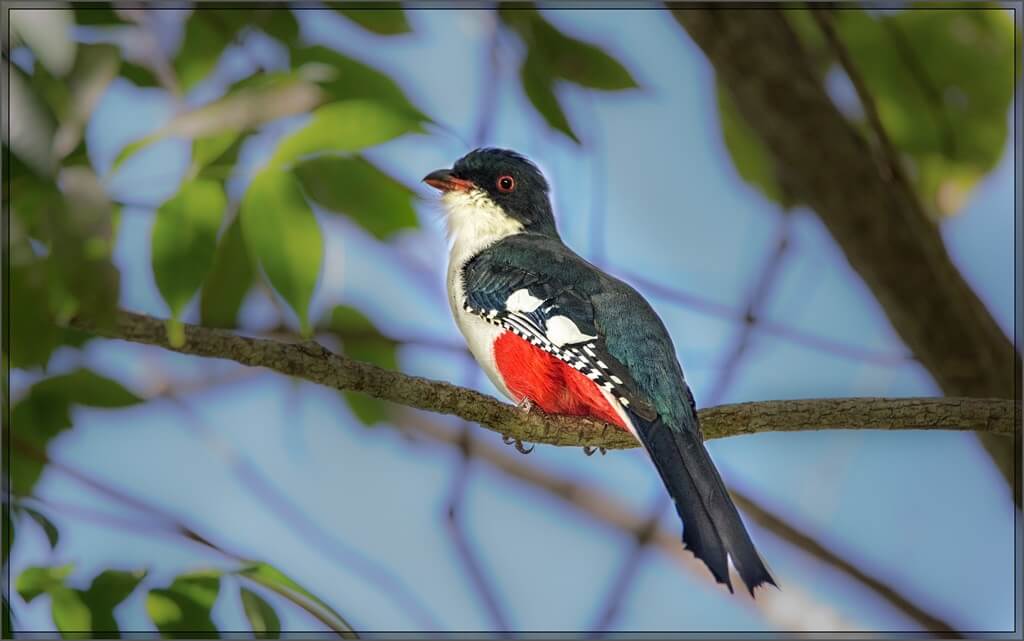
This attractive native of Cuba is so in love with his homeland that he never leaves, and in exchange, Cubans view seeing a trogon as a lucky omen.
Cuban Bee Hummingbird
The Cuban hummingbird is the tiniest hummingbird in the world, measuring about 2 and a half inches and weighing less than 2 grams.
The moniker “bee hummingbird” comes from the fact that it is sometimes mistaken for a bee due to its small size.
The onomatopoeic sound that its beating wings make—a humm—is where its name originates.
The zunzun, or small zunzun (zunzuncito), is the Spanish term for it because the sound is zuunn.
During the hummingbird’s mating ritual, its wings can beat up to 200 times faster than their maximum rate of 80 beats per second. The mating ritual is actually rather complex.
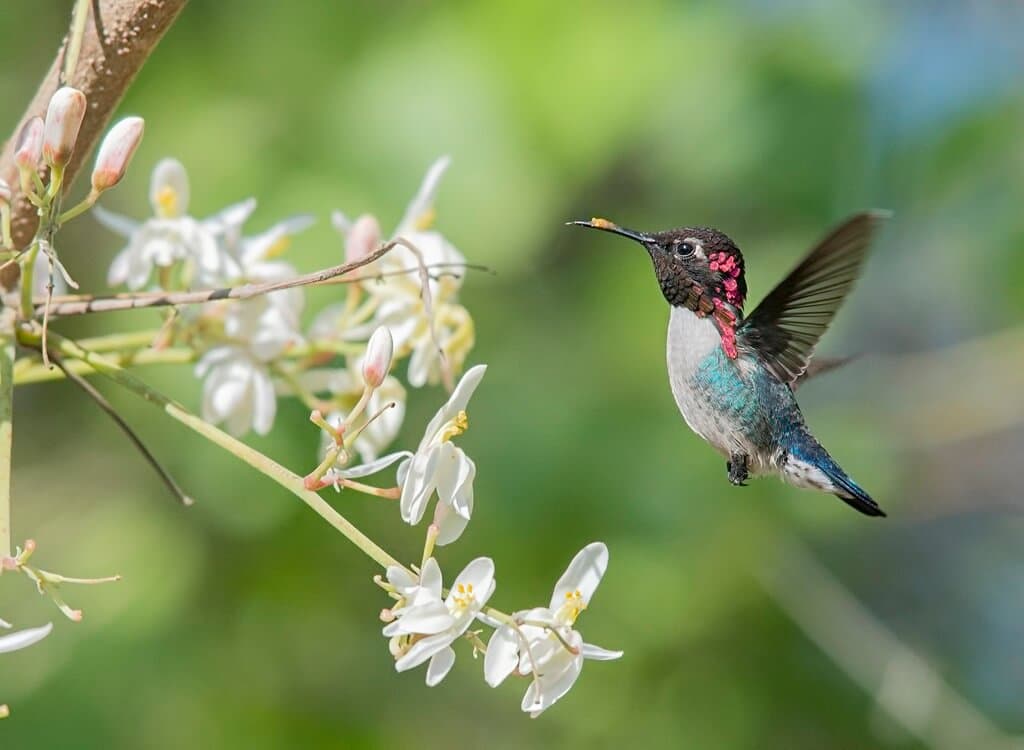
To impress potential mates, the male birds create singing groups with other males and show off their singing prowess, colors, and aerial acrobatics, which include flying up, down, backwards, and even upside down.
After all that work, the females select a partner, but copulation lasts only for a few seconds!
There are 27 bird species that are native to Cuba, including this amazing little jewel with iridescent feathers that sparkle in blue, red, and silver patterns.
Is it any surprise that Cuba is regarded as a haven for birdwatchers?
Jutia
The jutia is a large mouse-like creature that ranges in size from 4.5 pounds and roughly 18 inches from nose to tail to 18 lbs and 2 feet for the largest ones.
They lounge about in trees and build their nests in rock crevices and woodlands thanks to their prehensile tails.
Since pre-Columbian times, the indigenous people of Cuba have hunted them for food. This is a culinary heritage that many contemporary Cubans carry on.
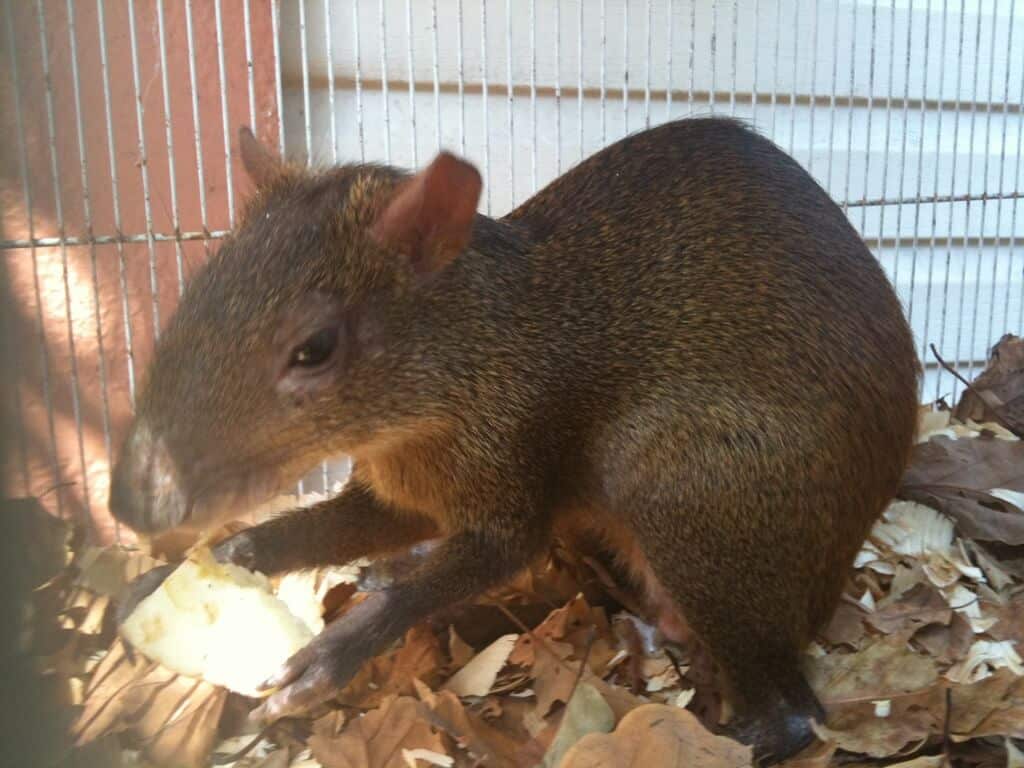
Depending on the area, jutia is prepared differently. In the east, it’s cooked with honey and almonds, while in Camaguey, it’s marinated in wine and spices.
The jutia is thought to be more of a rabbit than a typical rodent, despite the fact that eating a rodent may startle some people.
Selenodrom
A creature only a mother could adore, the Cuban solenodrom is roughly a foot long with an extra 10 inches of scaly tail.
It is an ugly-smelling, clumsy-walking creature that resembles a shrew or mole.
When a predator approaches, it either falls over itself or hides its face with its paws in the hopes that the predator won’t see it – meaning it’s not too bright either.
Despite being nocturnal, they have poor vision and will emit a pig-like noises in response to danger.
They give birth to three young on average at a time, but only one of them will live.
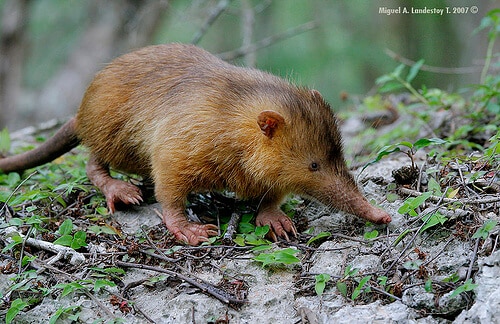
Needless to say, introduced predators like cats and dogs may think they have an easy time making a meal of a solenodrom.
The selenodron may be stinky, clumsy, dumb and noisy, but this curious creature has one very powerful advantage, it is also venomous.
Through grooves in its lower incisor teeth, it injects poison into its prey making it one of the most dangerous native animals of Cuba.
Large portions of North America were once home to the solenodrom for more than 30 million years. The Cuban solenodrom is now unique to Cuba.
Cuban Rock Iguanas
The thousands of small islands and islets that encircle Cuba on all sides including the Isla de La Juventud, are home to Cuban Rock Iguanas.
They are found in the Desembarco del Granma National Park, one of Cuba’s nine UNESCO World Heritage Sites, and the island’s other biospheres.
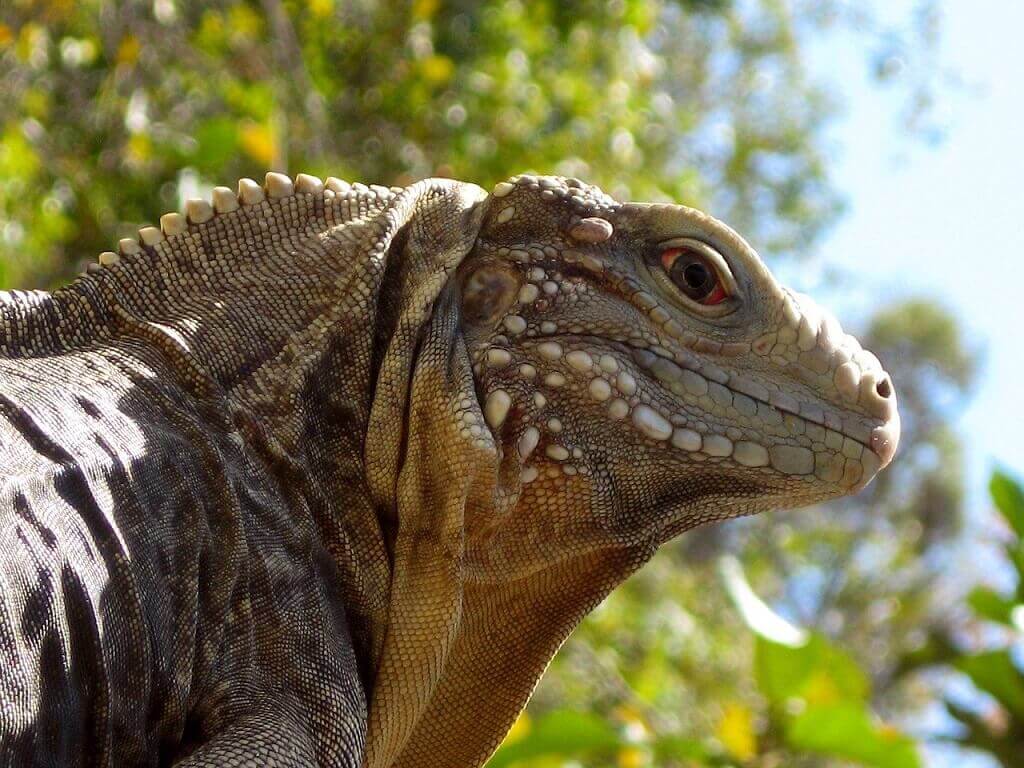
The largest lizard in the Caribbean and the second largest in the world, the Cuban Rock Iguana is an endangered species. It grows to a length of 4-5 feet weighing 15 pounds.
Since their decimation has stopped, nearly all of the Cuban iguana concentrations are now legally protected, and these efforts are paying off well.
Cuban Parakeet
The Cuban parakeet was exterminated from Isla de La Juventud in the early 1900s, where it had once been widely distributed.
Currently found on the mainland, its status is considered vulnerable rather than endangered.
It’s a lovely bird, long-tailed and slender. Its deep green tint makes it blend in readily with the surrounding greenery.
On the other hand, while in flight, the parakeet’s vivid red plumage is seen beneath its wings.
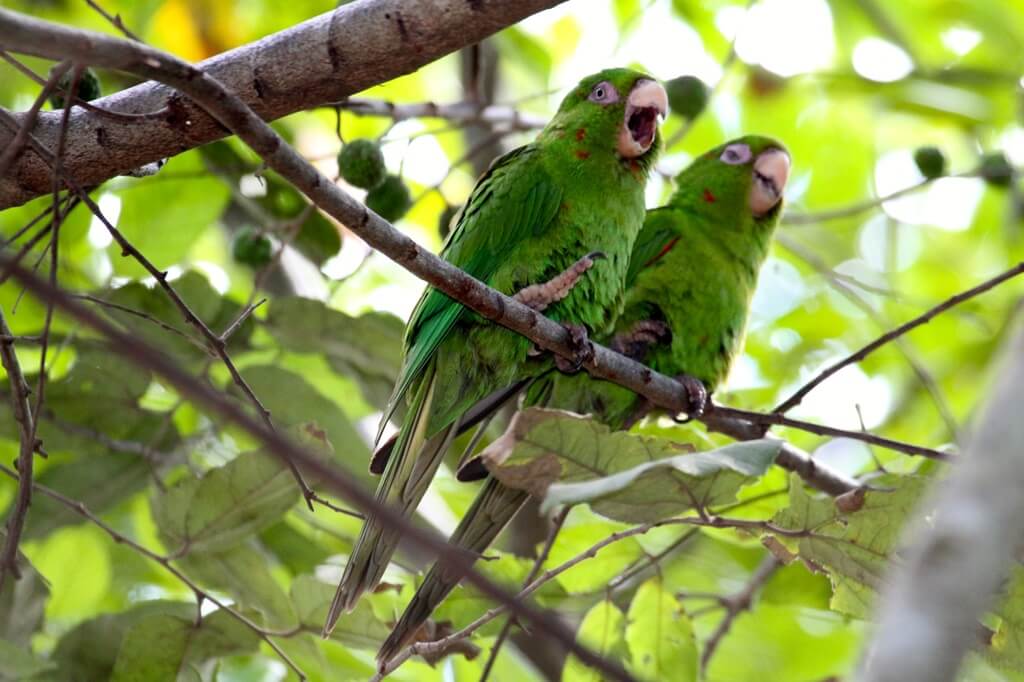
The Cuban parakeet is one of the loudest native animals of Cuba. When it is perched, its voice is low and sounds like a murmur, but when it is flying, its loud call may be heard across long distances.
It prefers areas with an abundance of palm trees and dry woodlands.
The bird’s beauty is what has led to its declining population as it is a popular bird for the caged bird trade.

Polymita Picta
The snail known as Polymita Picta has a vibrantly colored shell and is my favorite of the native animals of Cuba.
Not only is it indigenous and endemic to Cuba, but it can only be found in the northwest of the island in the Alejandro von Humboldt National Park, one of Cuba’s nine UNESCO World Heritage sites.
With a total area of about 70,000 hectares (173,000 acres), the park is recognized for having Cuba’s highest plant density.
“One of the most biologically diverse tropical ecosystems in an island setting anywhere on Earth,” according to its description. WOW! That’s impressive.
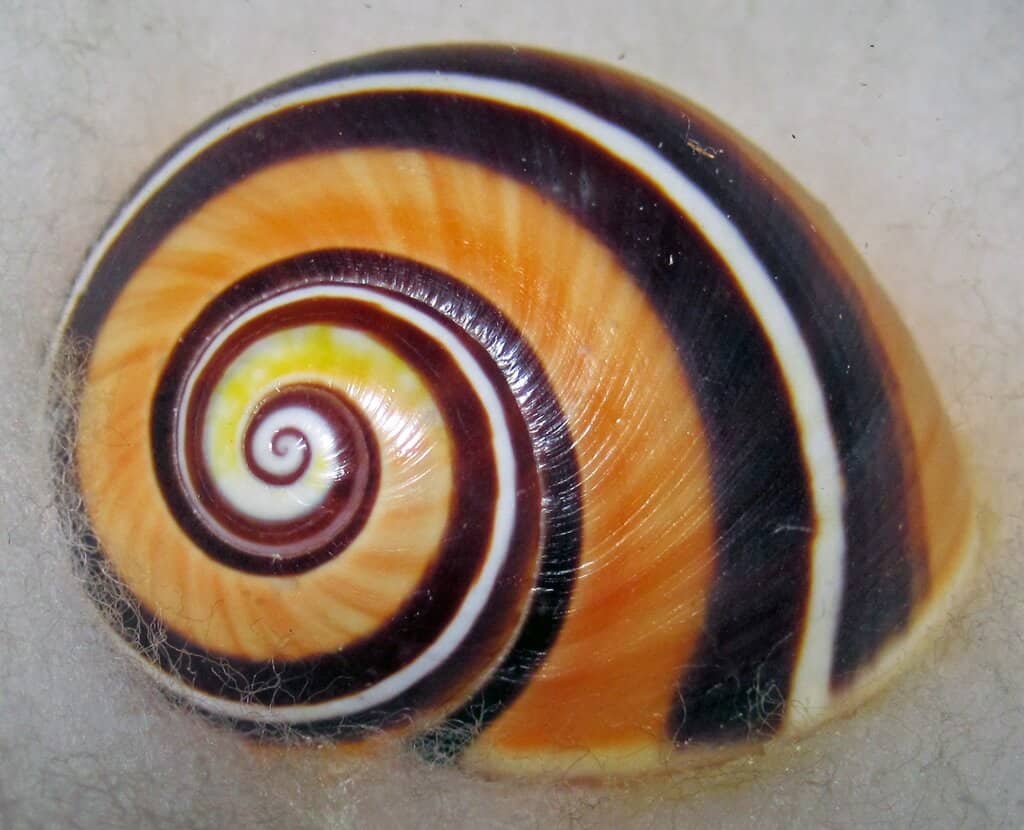
This is the home of the polymita picta, within this incredible biodiversity. Every polymita picta shell is different from the next, exhibiting an exquisite riot of colors.
Due to these qualities, the vibrant small snails are in great demand when making necklaces and other jewelry.
Naturally, this results in a sharp decline in the snail population and the listing of the painted snail as critically endangered.
Thankfully, action is currently being conducted to save Polymita picta. We’re hoping that these measures work.
Brown Snail
In startling contract to the Polymita Picta is the humble and common brown snail or Zachrysia Guanensis.
Found in the mountainous areas of Pinar del Rio, this land snail is one of the biggest on the island. It has a shell measuring around 4 cm in diameter and a subtle brown hue.
The brown snail was gathered by the Guanahatabeyes native groups who lived in Pinar del Rio some 5,000 years ago. They were fishermen and hunters.
After gathering the snails and letting them dry in the sun to get rid of any possible toxins, they consumed them.
Cuban Gar
Finally, it’s amazing to think that the Cuban gar has existed for a longer period of time than the Cuban crocodile.
Scientists believe that this species, which has been swimming in the oceans of Earth for almost 157 million years, is a living fossil!
This tropical freshwater fish can be found on the Isla de la Juventud and in western Cuba.
The original occupants of Cuba called it a marajuari, and that name persists today. The gar’s eggs are edible, but they are poisonous to people.
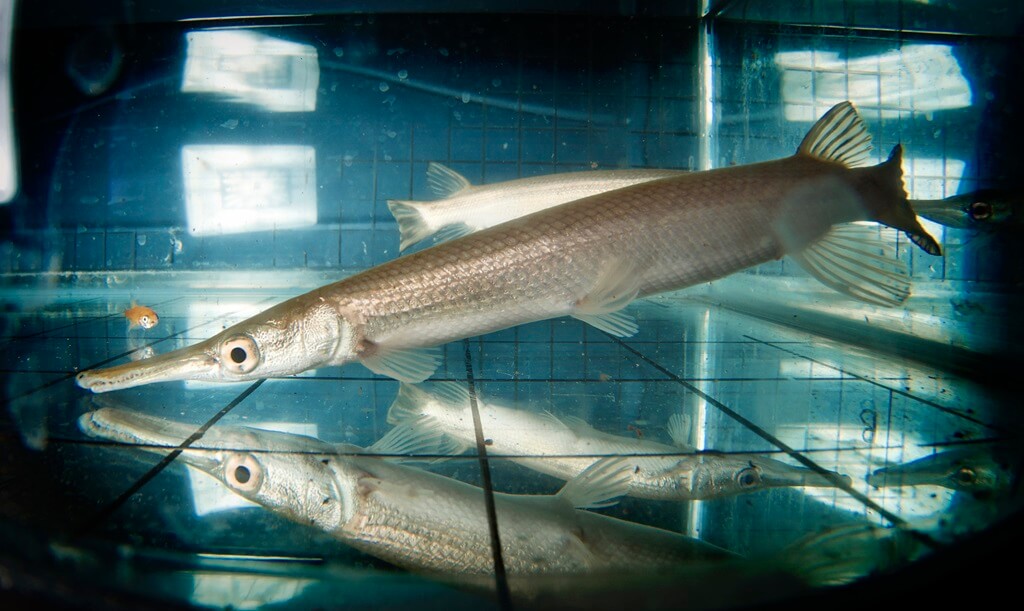
The fact that a creature that has been around for more than 157 million years is suddenly listed as highly endangered is disheartening.
These amazing native animals of Cuba are classified as fragile or highly endangered.
Still, there’s hope that increased awareness and ongoing sustainability efforts will continue to succeed as the world would certainly be a sadder place without them.
Want to learn more about Cuba’s native animals? Check out these handy reference materials.
What are your thoughts on these native animals of Cuba? Let us know in the comments.
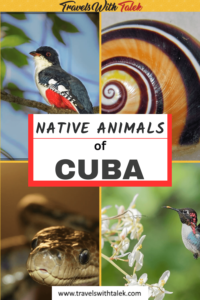

BTW, if you are getting ready for your trip, make sure to take advantage of these useful, money-saving links to book your trip:
- Research and book your flight with Skyscanner. I have found them to be the best because they list all airlines including the budget ones. You are always sure of having researched all options.
- For car rental around the world, Discover Cars has flexible pickup and drop-off options, I recommend Discover Cars.
- Book your accommodation with Booking.com. I find they have a wide selection and a nice, user-friendly, transparent website.
- Protect your trip and, more importantly, protect yourself with travel insurance. I use Travelinsurance.com and have been very happy with them.
- Looking for a small group tour to unforgettable destinations with top professionals? Intrepid Travel is your choice.
- For more general tours to any destination or attraction, book with Viator. Check them out.
- Need a visa? Get your visa for all countries with Passport Visa Express.
- Looking for a cool walking tour to explore a city? My favorite walking tours are offered by Take Walks.
- Food and drink tours are the best way to enjoy a city. And Devour Tours are my favorite.
- Looking for a good VPN to protect your security, privacy and freedom online while traveling? Nordvpn is your best option.
- The best and most economical way to stay connected while traveling is with an Airalo eSIM.
I personally use, and can recommend, all the companies listed here and elsewhere on my blog. By booking through these sites, the small commission we earn – at no cost to you – helps us maintain this site so we can continue to offer our readers valuable travel tips and advice.












